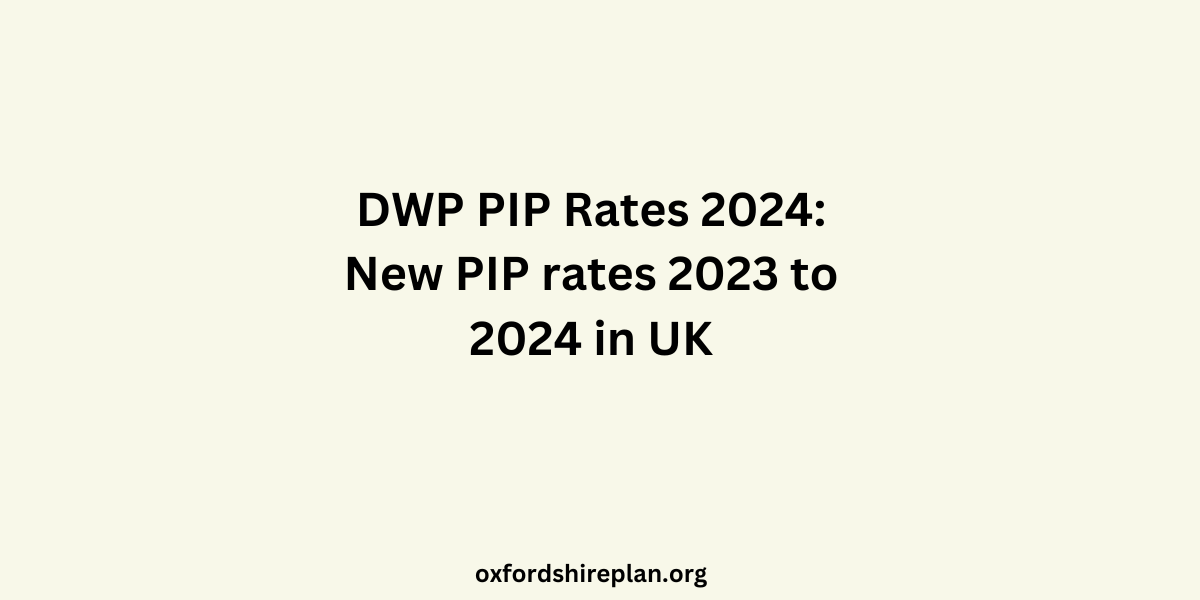Tax codes are vital for employers because they decide how much tax should be taken from an employee’s salary. These codes are a mix of numbers and letters, like K396 or 1257l tax code. HM Revenue & Customs (HMRC) uses 1257l tax code to let employers know how much of an employee’s earnings are tax-free in a specific pay period.
Contents
What is a Tax Code?
A tax code is a tool that employers use to figure out how much tax should be subtracted from an employee’s salary. The principle is simple: the more money a person makes, the more income tax they have to pay.
How Does a Tax Code Work?
In the UK, most taxpayers have a certain amount of income that is tax-free, known as a personal allowance. If an employee does not have any other income, they can earn up to this personal allowance amount without owing any tax. This personal allowance is usually the basis for most tax codes like 1257l tax code.
The standard tax code is not fixed and can be adjusted. There might be additional amounts that can be added to the basic personal allowance, which would increase the income an individual can earn before they need to pay tax. On the other hand, there could be deductions like unpaid taxes that decrease the income a person can earn before they start paying tax.
The tax-free income, which can be adjusted up or down as needed, is converted into a tax code. For instance, in the fiscal year 2023/24, if a person’s tax-free income is only the personal allowance of £12,570, their tax code will be 1257l tax code. This code indicates that your employee can earn £1,048 per month or £242 per week without paying any tax.
Where to Find Your Employee’s Tax Code
You can find your employee’s tax code in several ways. You can look it up online for the current year, use the HMRC app, check your payslip, or find it in a ‘Tax Code Notice’ letter from HMRC.
Changes to Tax Codes
As an employer, your primary responsibility concerning tax codes is to use the code provided by HMRC and modify it when HMRC instructs you to do so. Here are the changes:
- In most cases, HM Revenue and Customs (HMRC) will automatically update your tax code when your income changes. They usually get this information from your employer.
- Changes in your personal circumstances can also lead to changes in your tax code. For example, if you start receiving benefits from your employer or the State Pension, your tax code may need to be updated
- Sometimes, changes to the tax regime can lead to changes in tax codes. For instance, the tax slabs were revised under the new tax regime in 2024.
- If HMRC does not have enough information to assign the correct tax code, they might use an emergency tax code. These are temporary and are usually updated when the correct details are provided.
- If HMRC has the wrong information about your income, you may be given an incorrect tax code. In such cases, you need to ensure that HMRC has up-to-date details about your income.
Emergency Tax Codes
Emergency tax codes are not permanent. They are used when HMRC does not have all the necessary details to provide an employee with the right tax code.
Emergency tax codes are temporary and are used when HM Revenue and Customs (HMRC) does not have enough information to assign the correct tax code. This usually happens in situations like starting a new job without a P45 form from the previous employer or when there is a change in circumstances, like starting to receive company benefits or the State Pension.
Emergency tax codes end in ‘W1’, ‘M1’, or ‘X’. If you see these on your payslip, it means you are on an emergency tax code.
While on an emergency tax code like the 1257l tax code, all your income above your Personal Allowance is taxed, regardless of any other tax-free allowances you may be allowed. This could result in you paying more tax than you actually owe,
Conclusion
To know all about tax codes like 1257l tax code is important for employers. It helps in making sure the right amount of tax is taken from an employee’s earnings. Keep in mind, a tax code is not just a meaningless sequence of numbers and letters; it is a important ool for understanding your employee’s tax circumstances.
Read More:
- DWP Cost of Living Payments
- Understanding the Warm Home Discount Scheme News
- VAT Threshold 2023 When Running a Business
- Help to Save Sign In Process: An Overview
- PPI Payout Tax Refunds: A Simple Guide
- Understanding Class 4 NIC for the Self-Employed: A Simple Guide
- Rent a room scheme: what is it and how does it work?

I am a dedicated lifestyle and fashion enthusiast, always looking for the latest trends and timeless styles. With a flair for creativity and a passion for self-expression, I provide fresh insights and tips on elevating everyday living and personal style.
















